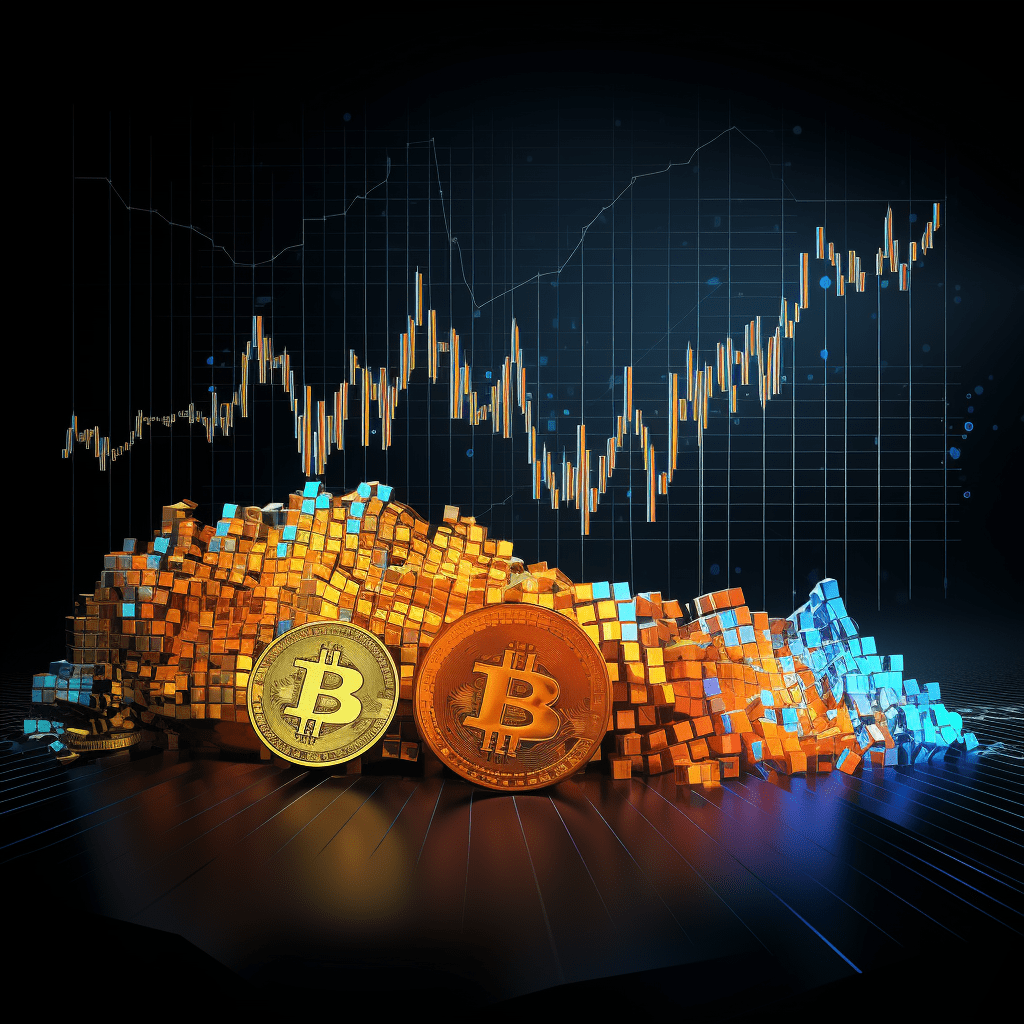Bitcoin, the pioneering cryptocurrency, has captivated the financial world with its innovative technology and notable price volatility. Understanding the multifaceted factors that influence Bitcoin’s price is essential for investors and enthusiasts alike. This comprehensive analysis delves into the primary elements that drive Bitcoin’s market value, providing insights into its complex and dynamic nature.
1. Supply and Demand Dynamics
At the heart of Bitcoin’s valuation lies the economic principle of supply and demand. Bitcoin’s protocol limits its total supply to 21 million coins, creating a sense of digital scarcity. As of now, a significant portion of these coins has been mined, and the rate of new supply decreases approximately every four years through an event known as “halving,” where mining rewards are cut in half. This reduction in supply, coupled with increasing demand, can lead to upward pressure on prices. Conversely, if demand diminishes, the limited supply may not prevent price declines.
2. Market Sentiment and Investor Behavior
Investor perception and market sentiment significantly impact Bitcoin’s price movements. Positive news, such as endorsements from influential figures or adoption by major companies, can boost confidence and drive prices upward. For instance, when notable institutions announce Bitcoin investments, it often triggers a surge in demand and a sharp price rise. Conversely, negative developments, like security breaches or regulatory crackdowns, can erode trust and lead to sell-offs. The 24/7 nature of the cryptocurrency market means that these reactions can occur rapidly, contributing to Bitcoin’s volatility.
3. Regulatory Environment
Government policies and regulations play a crucial role in shaping Bitcoin’s market landscape. Announcements of stringent regulations or bans in major economies can lead to sharp price declines, as investors anticipate challenges in adoption and usability. Conversely, regulatory clarity and supportive policies can enhance legitimacy and encourage institutional participation, potentially driving prices higher. For example, favorable regulatory developments in Europe have been associated with increased investor demand and price surges.
4. Technological Advancements and Security
The underlying technology of Bitcoin and its ecosystem influences investor confidence. Upgrades that enhance scalability, security, or functionality can make Bitcoin more attractive, potentially boosting demand and price. Conversely, technological setbacks, such as security vulnerabilities or forks that create competing cryptocurrencies, can raise concerns and negatively impact prices. The broader blockchain ecosystem’s evolution also plays a role, as innovations can either complement or compete with Bitcoin.
5. Macroeconomic Factors
Global economic conditions and macroeconomic indicators significantly affect Bitcoin’s price. In times of economic uncertainty or inflationary pressures, Bitcoin is often viewed as a hedge, leading to increased demand and higher prices. For instance, during periods of currency devaluation, individuals may turn to Bitcoin to preserve wealth. Conversely, during economic stability or when traditional investments offer attractive returns, demand for Bitcoin may wane, leading to price declines.
6. Media Influence and Public Perception
Media coverage and public discourse have a profound impact on Bitcoin’s market dynamics. Positive media attention can lead to increased public interest and investment, driving prices up. For example, widespread coverage of Bitcoin’s price reaching new highs can create a fear of missing out (FOMO) among investors. Conversely, negative press, such as reports on regulatory crackdowns or environmental concerns, can deter potential investors and lead to price drops. The rapid dissemination of information in the digital age amplifies these effects, contributing to Bitcoin’s volatility.
7. Competition and Market Alternatives
The cryptocurrency market is continually evolving, with new digital assets emerging that offer alternative features or improvements over Bitcoin. The rise of altcoins and decentralized finance (DeFi) platforms provides investors with alternatives, potentially diverting capital away from Bitcoin and impacting its price. However, Bitcoin’s first-mover advantage and brand recognition have helped it maintain a dominant position, though ongoing innovation in the crypto space continues to influence its market dynamics.
8. Liquidity and Market Maturity
Liquidity refers to the ease with which an asset can be bought or sold without affecting its price. Higher liquidity typically leads to reduced volatility, as large trades have less impact on the market price. As Bitcoin markets mature and attract more participants, liquidity has generally improved. However, during periods of extreme demand or panic selling, liquidity can be strained, leading to significant price swings. The development of financial instruments like futures and options has also contributed to market maturity, allowing for more sophisticated trading strategies and risk management.
9. Speculation and Market Manipulation
Speculative trading is a significant driver of Bitcoin’s price volatility. Traders aiming to profit from short-term price movements can contribute to rapid price changes. Additionally, the relatively unregulated nature of the cryptocurrency market makes it susceptible to manipulation by large holders, known as “whales.” These entities can execute large trades that influence market sentiment and price, leading to abrupt and sometimes artificial price movements.
10. Network Effects and Adoption Rates
The value of Bitcoin is partly derived from its network of users. As more individuals and businesses adopt Bitcoin for transactions, its utility and, consequently, its value may increase. Widespread adoption can lead to a positive feedback loop, where increased usage enhances legitimacy, encouraging further adoption. Conversely, if adoption stagnates or declines, it can negatively impact Bitcoin’s perceived value and price.
In conclusion, Bitcoin’s price is influenced by a complex interplay of factors























